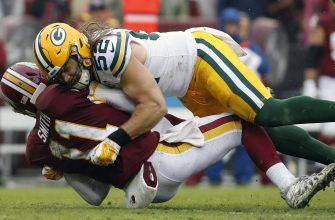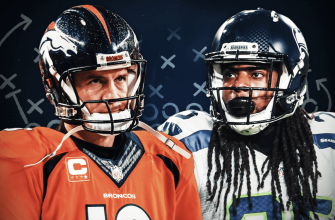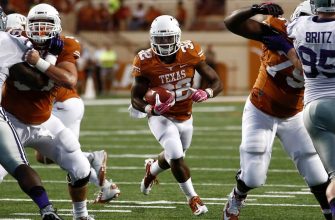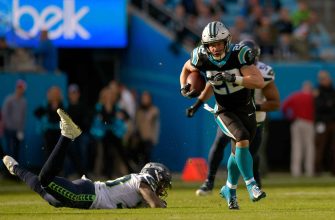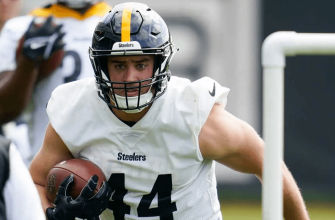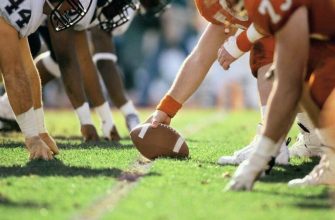Holding is one of the most common penalties in American football. It occurs when a player illegally impedes the movement of an opposing player by grabbing or clinging onto their body or uniform.
The basic definition of holding in football is when an offensive player uses his hands or arms to prevent a defensive player from tackling the ball carrier or quarterback. Defensive players can also be called for holding if they use their hands or arms to restrict an offensive player’s ability to catch, run, or block.
Holding is considered illegal in football because it gives the holding player an unfair advantage over the player being held. Without holding, the held player would be in a better position to make a play. That’s why officials closely monitor holding and flag egregious examples of it.
While some holding inevitably occurs during almost every football play, officials typically only call it when it directly affects the outcome of a play. Minor holding that does not impact a play is often allowed to slide. This is done to avoid excessive penalties that would disrupt the flow of the game.
Illegal Use of Hands
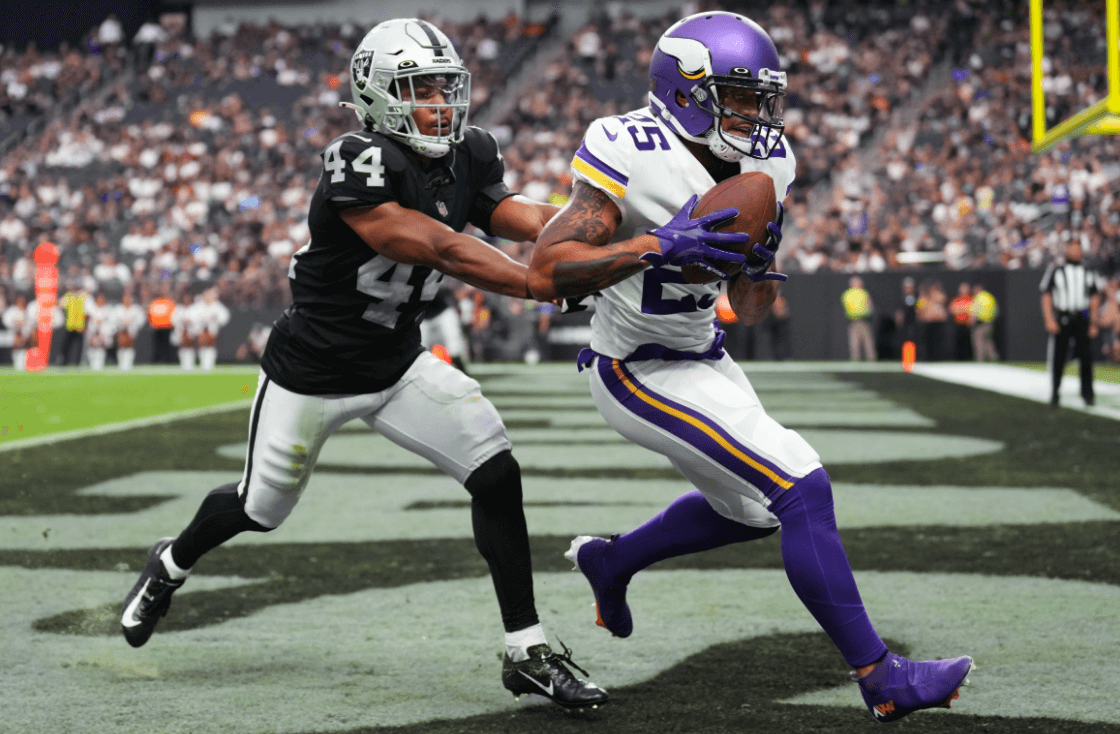
In football, holding is when a player illegally uses their hands or arms to grab or hook an opponent, impeding their ability to move or get to the ball. This constitutes illegal use of hands according to the rules.
Specifically, holding involves:
- Grabbing onto an opponent’s body, jersey, or pads with the hands or arms. This restricts their ability to move, shed blocks, and pursue the ball carrier. Even grabbing cloth briefly is considered holding.
- Hooking or encircling an arm around the body of an opponent. Wrapping both arms around an opponent to prevent them from getting away is a clear example of holding.
- Extending an arm or hand to restrict the movement of an opponent, even without grasping their jersey. This still impedes their ability to evade blocks.
- Pulling an opponent to the ground using the hands or arms.
All of these examples constitute holding because they involve illegally using the hands or arms to grasp, hook, restrict or impede an opponent. This gives an unfair advantage to the holder’s team by preventing defenders from getting to the ball. That’s why holding is carefully watched and strictly penalized in football.
Where Holding Usually Occurs
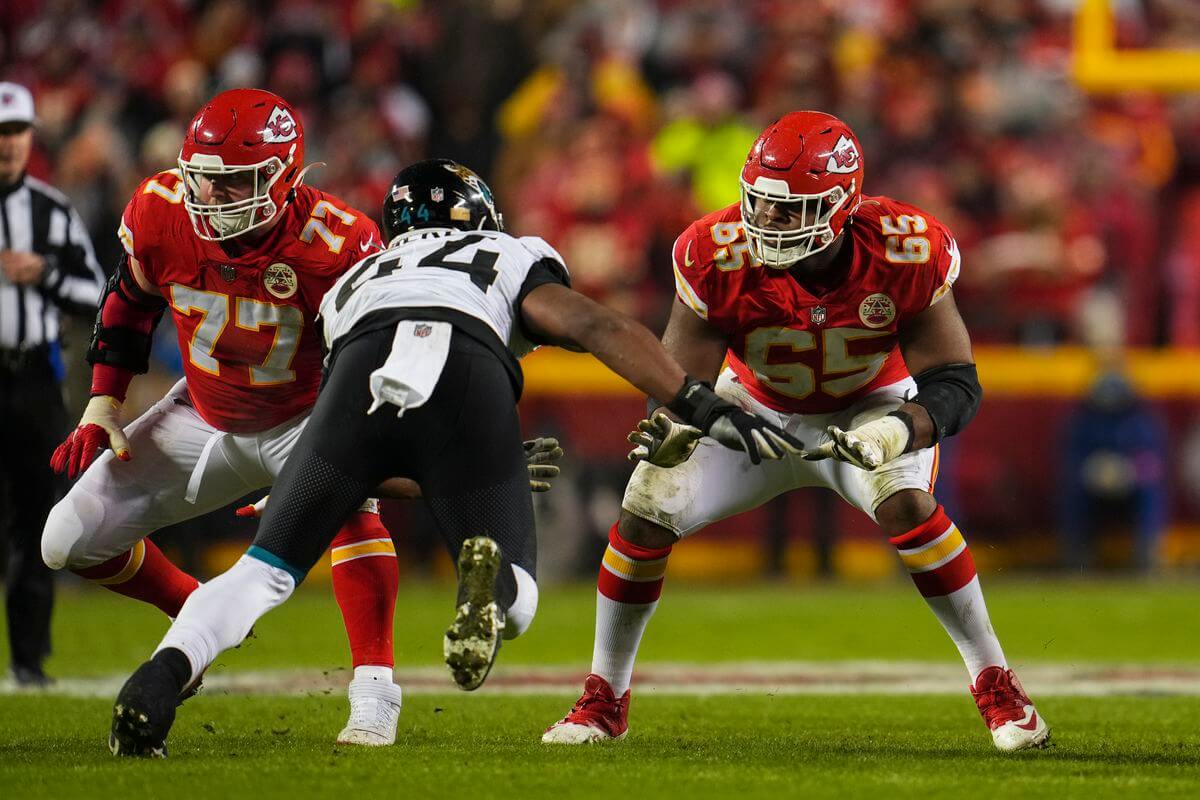
Holding often occurs along the offensive line, especially on running plays. The offensive linemen are tasked with blocking defenders trying to get to the quarterback or ball carrier. When engaged with a defender, it can be tempting for a lineman to grab onto the defender’s jersey or arm to impede their progress. This is especially common on run plays, where the linemen are driving forward to open holes for the running back. As running backs look for openings and cutback lanes, linemen may find themselves overextended or off-balance.
Grabbing onto a defender is an easy way to maintain their block for an extra second or prevent the defender from chasing down the ball carrier. While offensive linemen can block with their hands and arms extended, holding occurs when they wrap, grab, or pull the defender. This illegal use of hands gives the offense an unfair advantage that is strictly prohibited.
Overall, the majority of holding penalties are called against offensive linemen, especially at the point of attack on running plays.
How Holding is Officiated
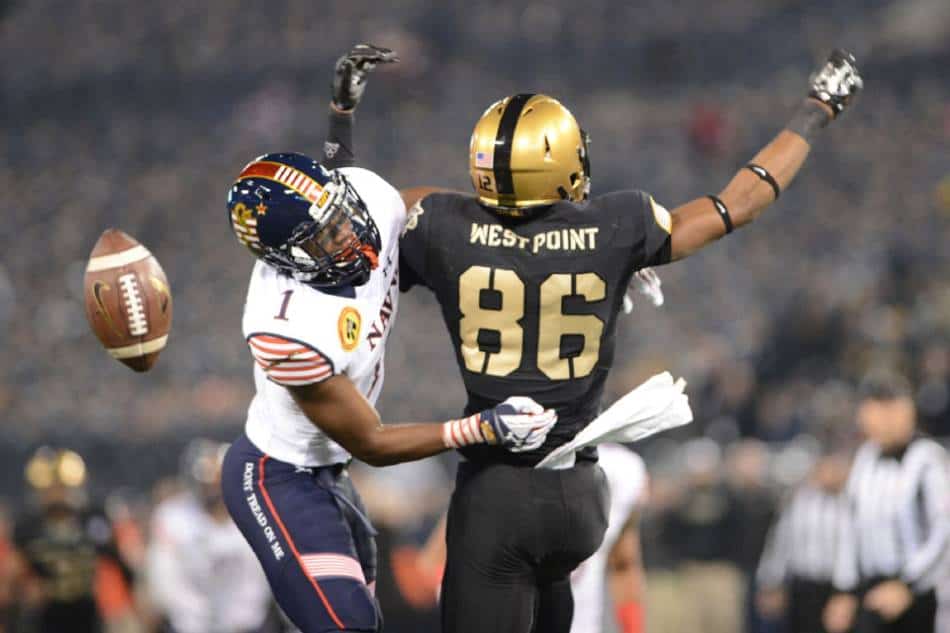
Holding is one of the most frequently called penalties in football, but it can also be one of the most subjective for officials. Unlike other penalties that are based on clear, objective criteria like being offsides or encroaching, holding contains an element of judgment by the referees.
There are some key factors officials consider when looking for holding:
- The position of the defender’s hands. If they are grasping or hooking any part of the offensive player’s body or jersey in a way that restricts their movement, it is likely holding. Officials look for extended arms, clutching fabric, or hands twisting outside the frame of the defender’s body.
- Impact on the play. Referees focus on whether the potential holding materially impacted the offense’s ability to advance the ball. Brief holding that does not meaningfully impede the player is less likely to warrant a penalty. Conversely, holding that takes a player completely out of the play draws a flag.
- Visibility. Like any foul, the officials have to be in position to see the holding occur to call it. They key in on holding around the point of attack on running plays or where the quarterback sets up in the pocket on passing plays. Downfield holding can go unnoticed.
- Point in the play. Officials tend to allow more contact between offensive and defensive players on initial engagement at the snap. But they look for defenders to quickly disengage and move their hands inside the frame of blockers. Extended holding as the play develops is easier to identify.
- Reputation of player/team. Though unfair, some players and teams known for holding may be watched more closely. Coaches warn defenders about developing a reputation with officials, as it can lead to tighter scrutiny.
While still a judgment call, fans and players alike can better understand what officials are looking for on holding penalties based on these criteria. Consistency in calling plays using these factors is crucial for fairness in the game.
Penalties for Holding
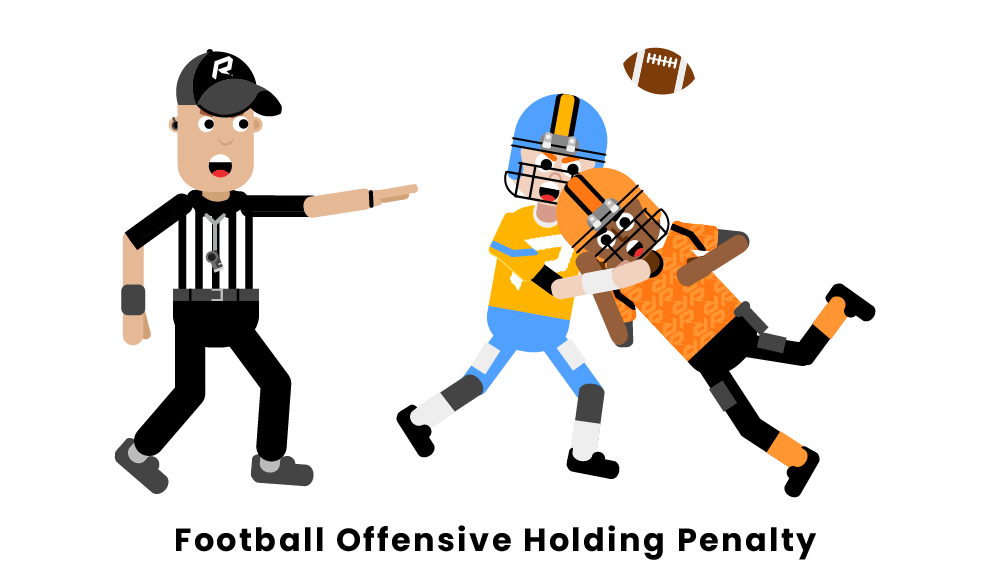
One of the main penalties for holding in football is loss of yards. When a holding penalty is called against the offense, they are moved back from the spot of the foul by 10 yards. This can drastically set back an offensive drive. Even if the offense gains a first down on the play where holding occurs, the 10 yard penalty from the spot of the foul will result in repeat of the down.
In addition to the loss of yards, the defense is awarded an automatic first down when holding is called against the offense. So not only does the offense lose yards, but they also give the defense a fresh set of downs to work with. This further rewards the defense and helps offset the disadvantage the illegal hold created for them during the play.
The combination of lost yards and an automatic first down makes holding penalties very costly for the offense. Coaches emphasize avoiding holding at all costs because it will clearly hurt a team’s chances of driving down the field and scoring if called. Holding can quickly stall out a promising offensive possession.
Famous Holding Calls
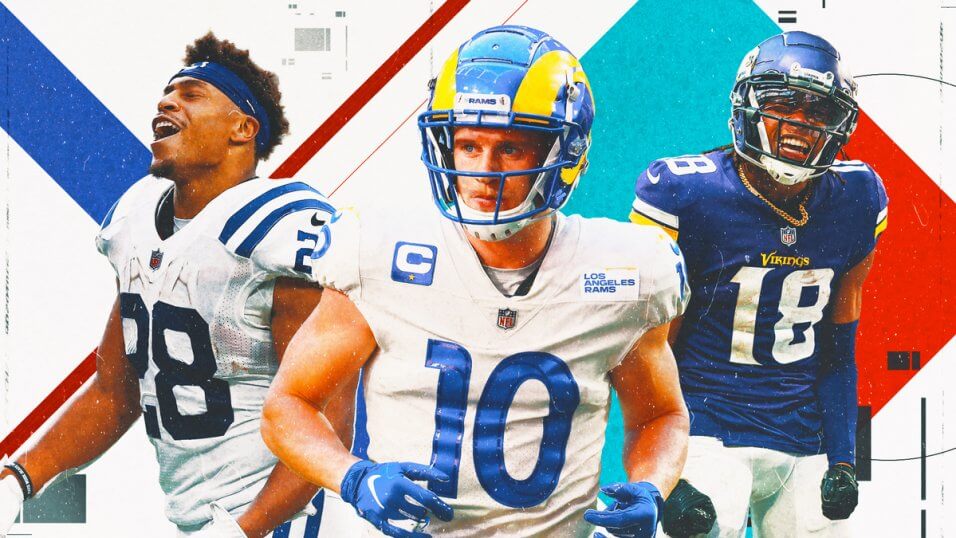
Some of the most controversial and impactful holding calls in NFL history:
- Super Bowl XL (2006) – In the 4th quarter, Seattle was called for holding in the endzone resulting in a safety for Pittsburgh, giving the Steelers a 11-10 lead. Seattle fans were outraged by the call, feeling it decided the championship.
- The Phantom Hold (1998) – In a wild card playoff game against the Packers, the 49ers came back from a 27-23 deficit to take the lead 30-27. However on the ensuing kickoff return, SF was called for a hold that replay showed never occurred, nullifying a touchdown. Without those points, the Packers were able to drive downfield and kick a field goal to win.
- The Immaculate Reception (1972) – The Pittsburgh Steelers famously converted a 4th down desperation pass that Franco Harris caught and ran in for the winning touchdown against the Raiders. But replays show the Immaculate Reception may have instead been an uncalled offensive hold by the Steelers’ John “Frenchy” Fuqua.
- 2018 NFC Championship No-Call – Late in the game with the score tied at 20, the Rams’ Nickell Robey-Coleman committed blatant pass interference against the Saints’ Tommylee Lewis in the red zone, but no flag was thrown. The no-call prevented the Saints from running down the clock and potentially winning the game with a field goal. The Rams went on to win in overtime and make the Super Bowl instead.
Techniques to Avoid Holding
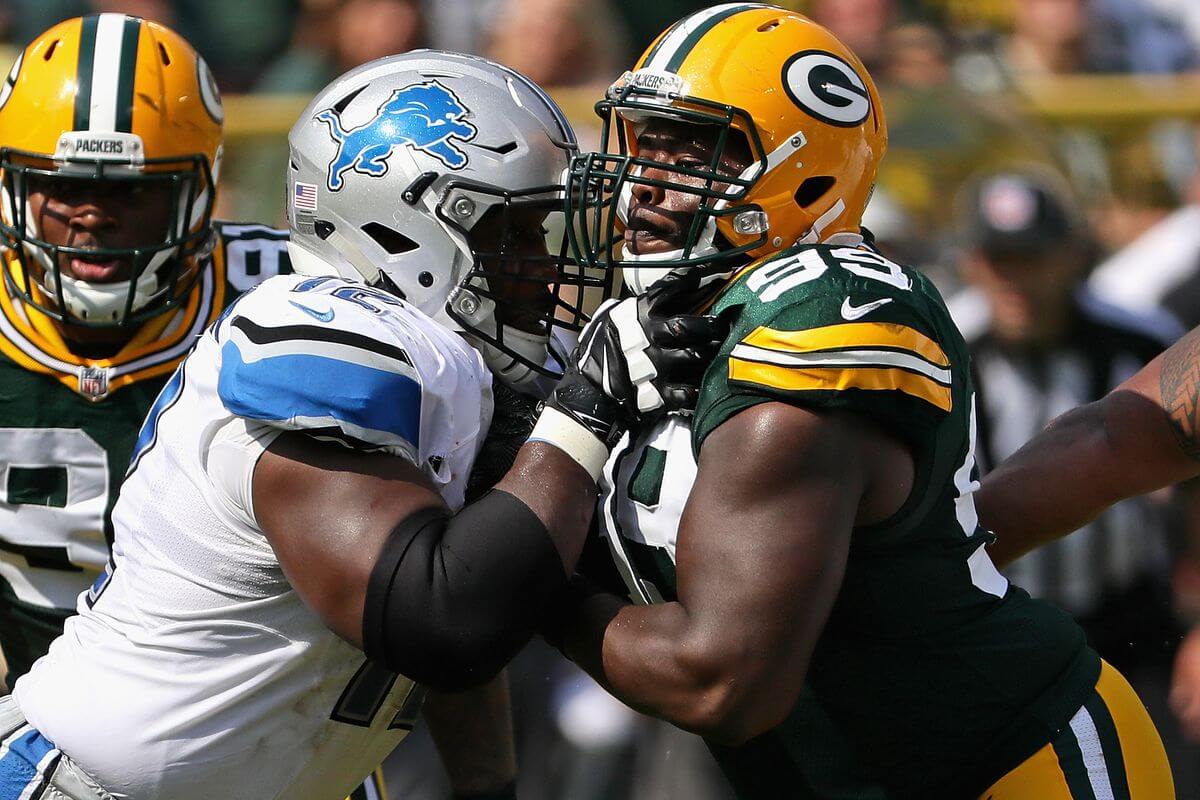
Offensive linemen and other players on the line of scrimmage should focus on proper hand placement and footwork to avoid holding penalties.
Hand Placement:
- Keep hands inside the frame of the defender. Hands should be no wider than the defender’s shoulders.
- Avoid grabbing or hooking any part of the defender’s jersey when engaging.
- Get hands up quickly into the defender’s frame on initial contact.
- Keep hands active and re-fit hands into new position as the play develops.
- Avoid fully extending arms or locking out elbows, as this allows hands to slip outside the frame.
- Hands should be tight against the defender’s body, not wide or reaching.
Footwork:
- Take short choppy steps on pass protection, don’t overextend. Wider base protects against getting beat inside.
- On run blocks, drive through the defender keeping feet always moving. Don’t reach or lunge.
- Maintain balanced shoulders over knees over toes, with weight on the balls of feet.
- Keep feet active, readjusting angle of engagement throughout the block.
Proper hand placement inside the defender’s frame and balanced footwork are key for offensive linemen to steer clear of holding penalties. Coaches should drill these fundamentals regularly.
Coaching Holding
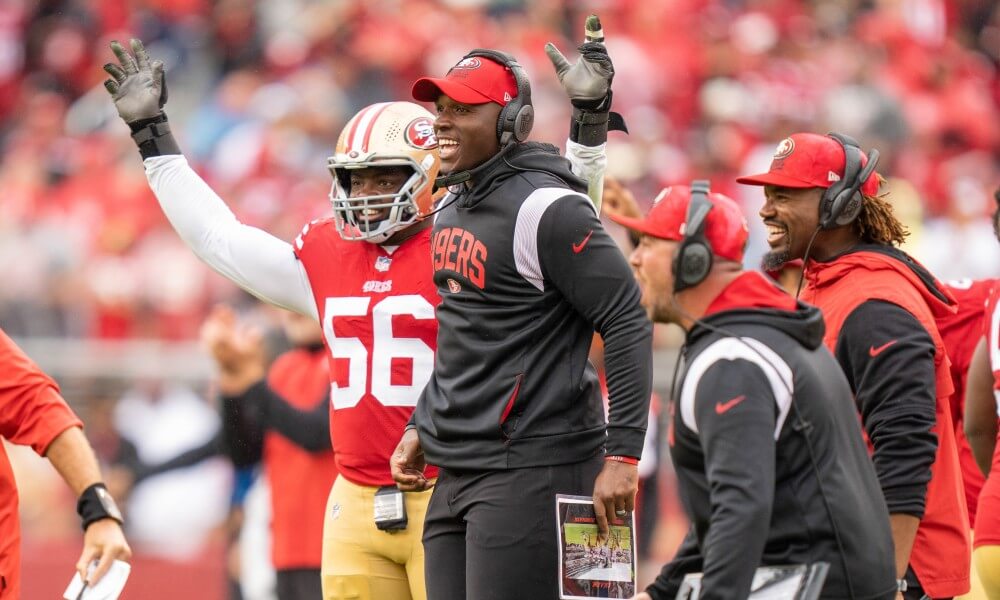
Coaches work hard to teach proper blocking techniques and emphasize the importance of avoiding holding penalties.
There are several common drills and coaching points used to instill sound blocking fundamentals:
- “Punch and grab” blocking drills – Offensive linemen are instructed to “punch” the defender with their hands on initial contact, then quickly withdraw their hands. The punch startles the defender and helps the blocker gain leverage, while withdrawing the hands minimizes the temptation to grab and hold.
- Four pillars of blocking – Coaches teach linemen to stay balanced with feet shoulder-width apart, keep their back flat, shoot their hands quickly, and lock their elbows tight to their body through the block. This optimal body positioning makes holding unnecessary.
- Mirror drills – Blockers practice staying square and “mirroring” the defender’s every movement without reaching out and grabbing. Coaches emphasize controlled footwork and patience.
- Film study – Linemen routinely review game and practice clips, taking note of any lazy hands or extra clutching. Holding often stems from lunging off-balance or failing to move one’s feet.
- Penalties laps – Some coaches punish holding infractions during practice with physical consequences like sprints or up-downs. This negative reinforcement helps break bad habits.
By focusing on proper fundamentals, positioning, and discipline, coaches aim to eliminate any advantage their players may gain by cheating through holding. Stress is placed on winning one-on-one battles with superior technique and effort.
Holding vs Blocking
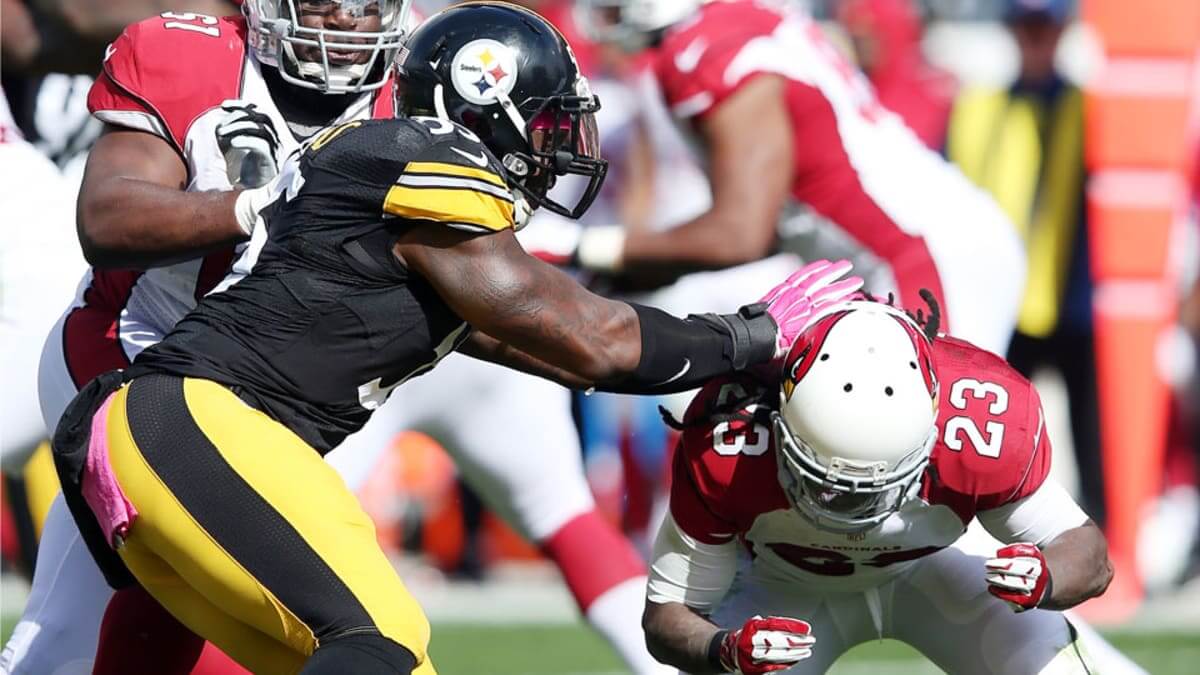
Though they may look similar, holding and blocking are very different. Blocking is a legal technique that involves using your hands, arms and body position to obstruct a defensive player from tackling the player with the ball. Holding, on the other hand, is an illegal technique that restricts or restrains a defensive player from getting to the ball through grabbing or pulling their body or uniform.
The key differences between holding and blocking are:
- Intent – Blocking is done with the intent to guide or reroute a defender, while holding intends to impede their progress. Blocking uses space and positioning, holding uses grabbing and restraining.
- Contact – Blocking involves open-handed contact or blocking with the hands against the body. Holding involves closed, grasping contact, usually outside the frame of the defender’s body.
- Effect – Blocking maintains balance and control, allowing some continued movement. Holding significantly impedes or ends a defender’s forward progress.
- Angle – Blocking is done from the front or the side, with the blocker between the defender and ball. Holding often occurs from behind or the side opposite the ball.
- Response – Blocking causes the defender to adjust their path to the ball. Holding prevents the defender from getting to the ball at all.
The judgment between blocking and holding is often a split-second decision. Officials key in on the prolonged grasping or twisting of a defender’s body as signs of holding. Blocking is more of a redirection effort using positioning and leverage, while holding restricts a defender’s movement through illegal grasping and pulling. Knowing the differences allows linemen to block effectively while avoiding holding penalties.
Impact on the Game
Holding penalties can have a significant impact on the game of football. Since holding is illegal, getting called for a holding penalty can negate a big play and set the offending team back. This gives the opposing team a major advantage.
Coaches have to strategize and teach techniques to avoid holding. Blocking drills are a big focus in practices. Offensive linemen have the most direct impact, as their job is to block defenders without holding. If they get called for frequent holding penalties, it can really hurt their offense’s ability to move the ball down the field.
One holding penalty might not make a huge difference in the game, but if an offensive line gets several holding calls, it can change the whole dynamic. Suddenly the offense has to fight out of a hole and try to regain field position. This inevitably affects play calling as well.
Defenses will also watch for any signs of holding by their opponents. If they see it occurring frequently, defensive players might start embellishing contact to draw flags. This can frustrate the opposing team’s offensive line and even draw them into retaliation and more penalties.
Overall, avoiding holding penalties comes down to fundamentals, discipline, and focus during gameplay. For coaches, it’s an ongoing emphasis at practices. Holding calls have decided many big games over the years when they negated a crucial play at a key moment. So players have to maintain proper technique, especially as games get intense. That split second reaction can be the difference between a score or a walk back in the other direction.


